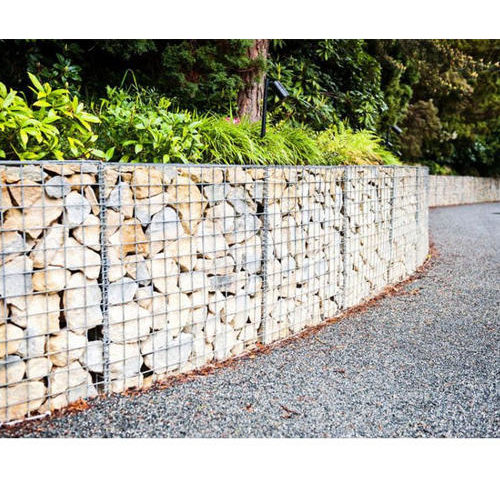About Filler Stone for Paths in Landscaping Project

Best Ideas For Unique Utility Handicraft Gifts
December 2, 2021
THE LATEST TRENDS IN WATER FEATURES
December 8, 2021When laying a path with pavers, you have a choice to fill the gaps with grout, ground cover plants, or filler stones such as gravel or decomposed granite. As a Stone Chips pebbles seller and having experience from last 7 years, I often advocate filler stones, which are permeable (and prevent rainwater runoff) as well as a design element to create a coherent look for a path.
Photo: Google Source
Design rules for filler stones?
Think about scale. Assess how big your pavers are and how big the gaps are between them. Rule of thumb: The larger the scale of paving, the larger the filler stone can be.
Choose a complementary stone. For instance, do you have recurring gray tones in your hardscape? If so, consider repeating these colors in your filler stone.
Think solid. Your choice of filler needs to be as stable as possible. And when I mean stable, I mean it should not kick around and scatter like confetti when you walk on it. There is nothing messier than a path with pebbles dotted all over it. Of course, pea gravel, for instance, shifts when walked on—and this is part of its character—but it shouldn’t become a hassle. To mitigate the mess, lay filler stone between the pavers at a height slightly lower (at least half an inch) than the surface of the paver.
Best stone fillers to consider
There are a few proven, go-to fillers that I like to use in garden design:
Pea Gravel: An affordable choice that produces a pleasing crunch when walked on and a surprisingly sophisticated filler that blends with most landscape styles. Pea gravel comes in sizes ranging from an eighth of an inch to three-eighths inch and in a variety of natural shades including tan, rust, gray, white, and translucent.
Decomposed granite: Commonly known as DG, this permeable material is also wonderfully versatile and inexpensive. Plus, there are more than 30 color choices and varying degrees of particle sizes are available.
Tip: DG is a smart choice for those who want a refined or contemporary look.
River pebbles: Great for a clean, modern look. Not as cost effective as gravel or decomposed granite but worth the heftier price. Black beach pebbles are sold by the cubic yard and in bags.
Any more pro tips for using stones to fill paver gaps?
Some filler stones are lower in maintenance than others. River pebbles, being larger and heavier than the other choices, require the least maintenance; they are a distinctive look usually fitting for a modern or Japanese-style garden.
Pea gravel, on the other hand, will not break down but will inevitably move around due to people and pet activity, and garden maintenance routines. Pea gravel will also need a refresher at some point.
Recap
Stone paver fillers serve many purposes: They solve drainage issues, lend textural appeal, and come in a variety of colors and forms to complement many landscape styles.
Do not put your filler stone flush with the paver stones unless you really enjoy sweeping pavers.




